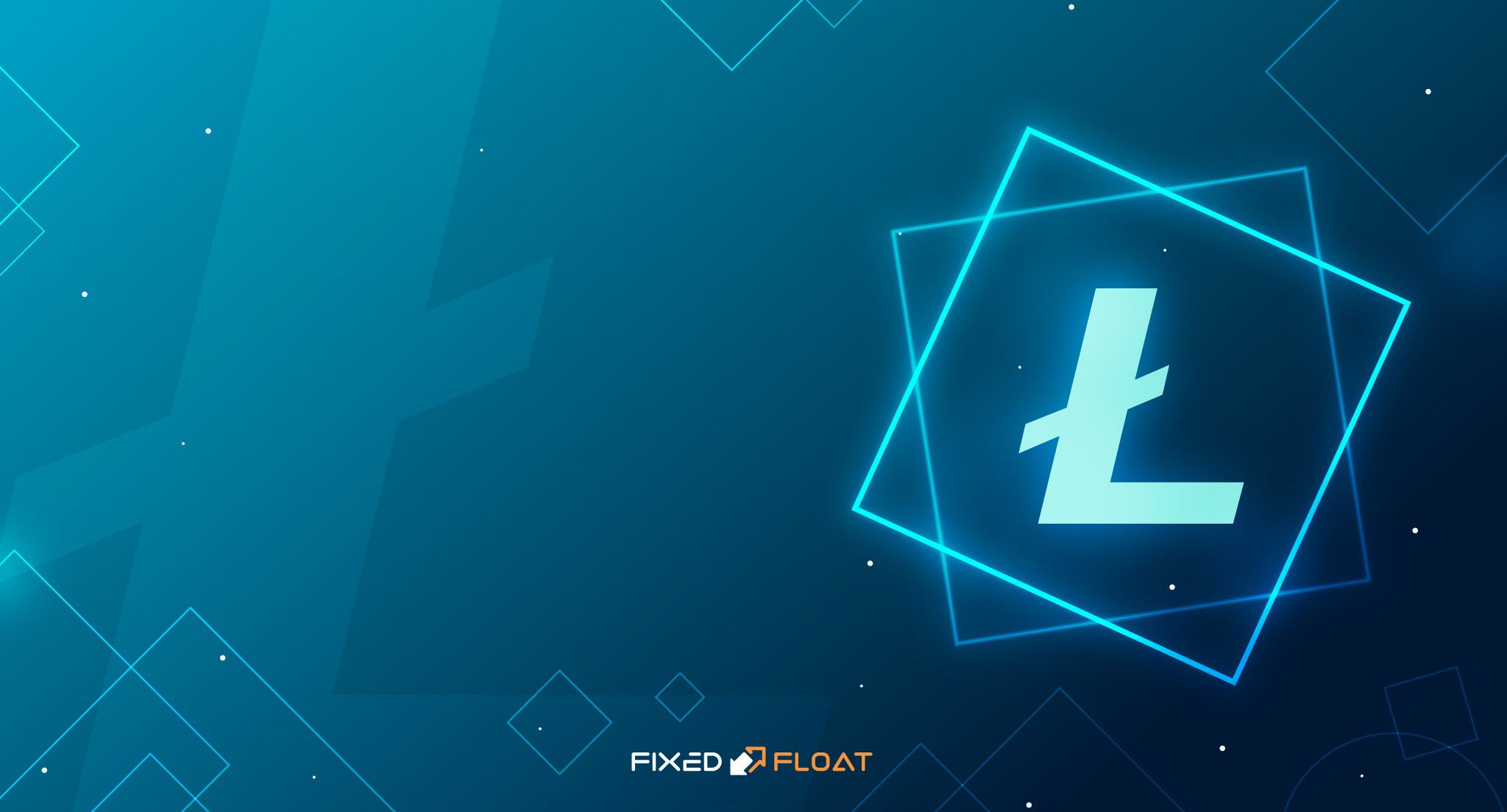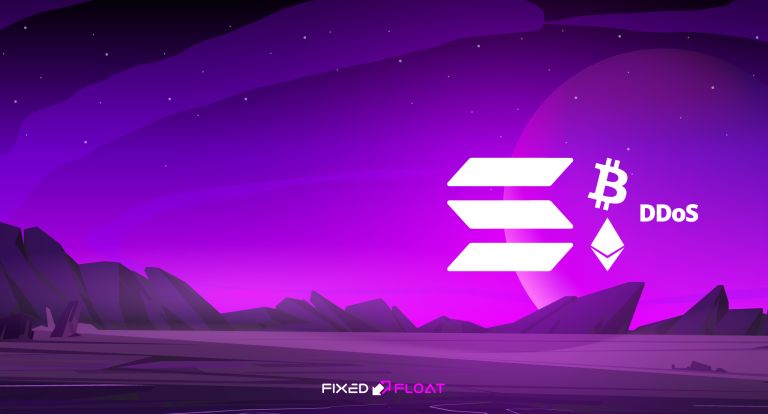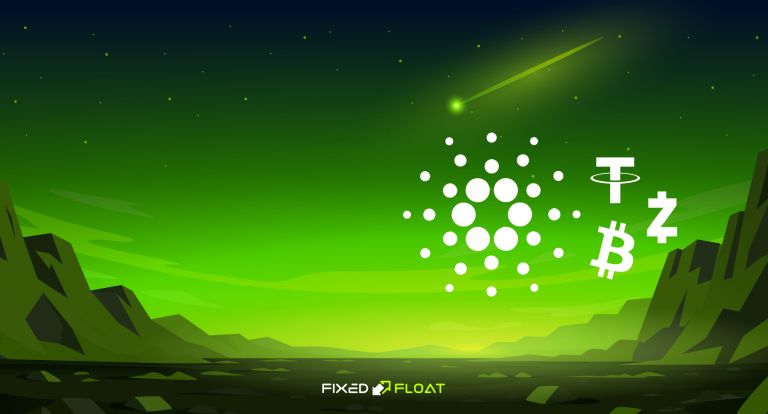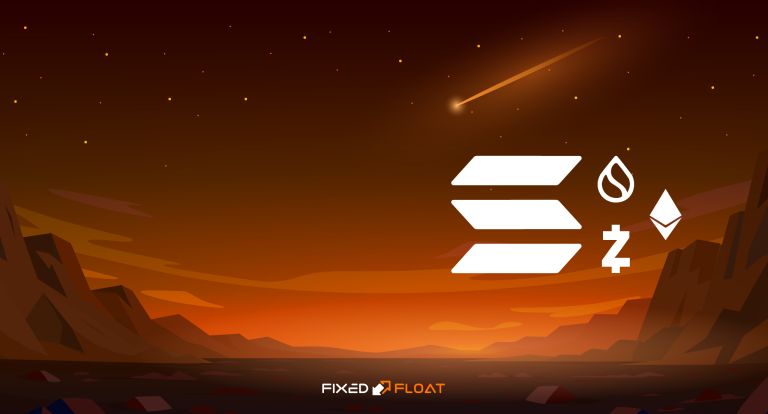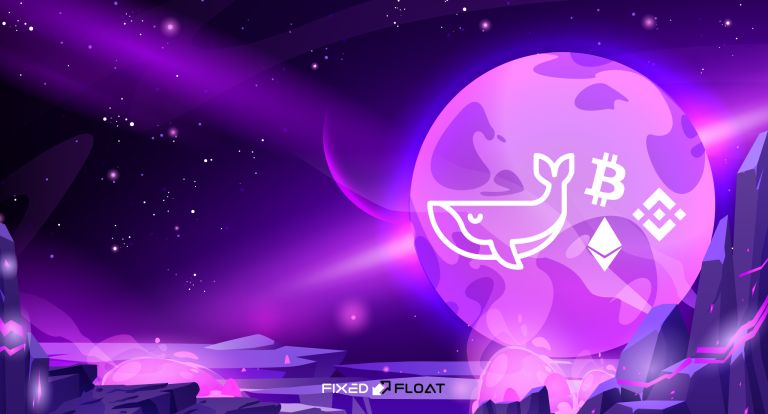What is Litecoin?
Litecoin is an electronic peer-to-peer cryptocurrency, created in 2011 by a former employee of Google, Charlie Lee, based on the Bitcoin source code (Litecoin is a fork of Bitcoin). In the crypto community, it is often referred to as "Digital Silver".
The main goal of the Litecoin developer was to improve the functioning of the Bitcoin system. Charlie Lee figured out how to reduce the time it takes to confirm transactions in the system. But this required changing the coin mining algorithm itself. As a result, different users of the system were able to participate in the process of obtaining cryptocurrency.
Features of Litecoin
To understand the principles and prospects of the Litecoin cryptocurrency, let's highlight its features and differences from Bitcoin:
- Faster blocks. The Litecoin blockchain is different from Bitcoin as it generates blocks on average every 2.5 minutes (four times faster than Bitcoin). This means that participants in the system, such as coin sellers who accept or send coins, are guaranteed to receive faster confirmations by making transactions with a depth equal to one block.
- The number of coins. The total supply of Litecoin coins is 84 million. For Bitcoin, this figure is 4 times less — 21 million.
Disadvantages of Litecoin
- Nebula of perspectives. Experts argue that Litecoin's only advantage over Bitcoin is its fast block confirmation. At the same time, they are confident that in the future, the fork will not bypass Bitcoin in terms of the number of users, popularity and cost.
Mining reward
At the time of this writing, for each block generated, miners receive 12.5 Litecoin (LTC) per block found, and the amount of the reward is halved every 4 years (every 840,000 blocks).
Transaction speed
In the Bitcoin blockchain, it takes an average of 10 minutes to create a block. In Litecoin, this parameter is four times lower and is 2.5 minutes. The operation is considered completed after the next six blocks are closed, that is, after a quarter of an hour. With the advent of SegWit, transactions are faster.
Litecoin address formats
P2SH is an address type that starts with "3" and "M". In order to spend Litecoins sent via P2SH, the recipient must provide a script that matches the script hash and data, which makes the script valid.
LTC and BTC addresses were very similar, so the creators decided to create a new type of address with the "M" prefix to avoid errors from users.
Example (legacy format): 3LpLGam2zqr9abEhjsW7t99g81Bavt3wY7
Example (updated format): MT2UaUAzwxhaP6WbqkVThnQ5Shn2zYZEh6
All formats of the same LTC address are valid, however, in some cases it is necessary to convert them to another format. This can be done using the Cryptolocalatm service.
Bech32 or P2WPKH is an advanced address type that is used to reduce blockchain block size and to speed up transaction response times. Addresses start with "ltc1" and are longer than P2SH. Bech32 is the native addressing format for Segwit (although P2SH can also be a Segwit address), so usually people talk about using Segwit addresses means Bech32.
The advantage is the lowest transaction fees and high processing speed. The disadvantage of such addresses is that not all wallets and systems support it yet.
Example: ltc1qv43gel3n5hktls3tl0rpz3qrt98t0pavgaec9w
